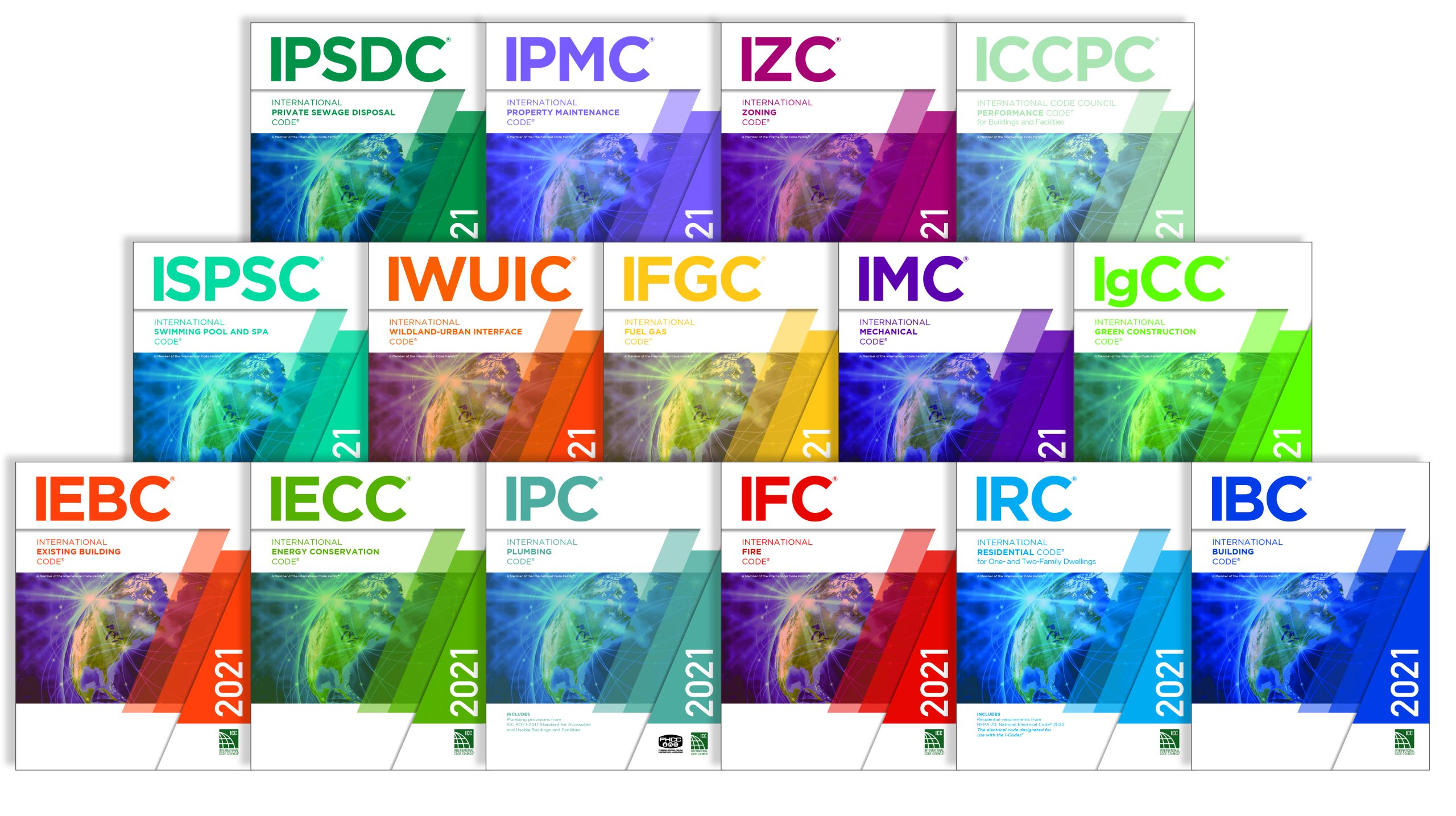The US I-Codes may be a useful tool in helping establish whether a complex or innovative building design complies with the NCC
Establishing compliance for elements of a building’s design where no deemed-to-satisfy provisions exist in the National Construction Code (NCC) is a regular occurrence for engineers involved in the design of complex or unique structures.
The NCC is performance-based regulation where, other than for the Governing Requirements that include evidence of suitability, the Performance Requirements are mandatory.
“The advantage of performance-based or principles-based regulation is that it provides opportunities for flexibility and innovation,” said Neil Savery, Managing Director of the International Code Council (ICC) Oceania and a former Chief Executive of the Australian Building Codes Board.
“The NCC stipulates what must be done, but it typically doesn’t prescribe how to do it. Its requirements are also agnostic to technology options, so a designer won’t always find a ready-made solution within its pages.”
Securing compliance for more complex building projects, therefore, often involves a combination of Deemed-to-Satisfy standards and Performance Solutions.
Options for engineers
This is where content from I-Codes developed by the ICC can potentially play a role in supporting local design engineers.
The I-Codes are the most popular building codes in the US and have been adapted for use in several other countries. While they don’t act as technical regulation in Australia, their content, which is more prescriptive in nature than that contained in the NCC, can, on occasion, be used as input in the development of Performance Solutions.

“When it comes to projects such as high-rise buildings or properties with a unique design, it’s important that engineers understand the options open to them,” Savery said. “If a prescriptive pathway isn’t specifically documented in the NCC, the I-Codes may provide an established approach in areas such as structural, fire, mechanical, hydraulic and more.”
Assessing equivalent standards
The ICC can provide technical expertise on whether I-Code content would be equivalent to NCC stipulations. It also offers access to a wealth of technical content, standards and material not covered by the NCC to subscribers through its Digital Codes Premium.
“When you’re a pioneer in building design and using cutting-edge technology, technical regulation might not necessarily have kept pace,” Savery said. “So you need an alternate pathway to demonstrate that you’re adhering to the NCC’s requirements.”
The arrangement can be used in reverse for opening up export markets, because ICC advice can help establish if designs comply with international building codes in jurisdictions that have either adopted or adapted the I-Codes.
Advice on building products and off-site construction
To help demonstrate compliance, the ICC Evaluation Service (ICC-ES) can perform high-quality technical appraisals of building materials and systems. It also offers invaluable guidance on the design, fabrication and transportation of off-site construction practices to ensure fast, safe and efficient assembly.
Additionally, its Evaluation Service Appraisal (ESA) is an independent assessment of whether a material or product meets performance or deemed-to-satisfy provisions.
ICC-ES’s conformity assessment solutions for the off-site construction field are complemented by standards drawn up by the ICC in conjunction with the US-based Modular Building Institute for off-site construction (2021 ICC/MBI 1200 and 1205) as well as normative documents for products including office kiosks, structural insulated panels, cross-laminated timber and 3D-printed concrete walls.
“The aim of I-Codes is to allow innovation to thrive while still ensuring building safety,” Savery said. “They’re powerful tools that engineers have harnessed in the US to make their jobs a lot easier.”

